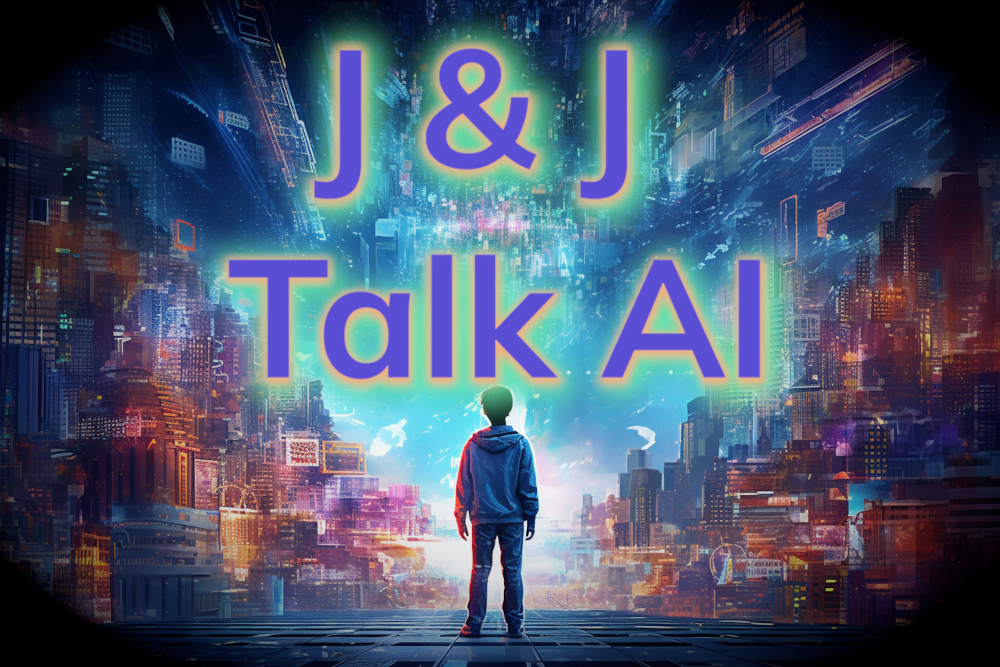TLDR
Convolutional Neural Networks (CNNs) utilize learned filters and multi-layered processing to distill image data into useful features, enabling a wide range of applications from image classification to generation and visual question answering. This automates feature extraction, traditionally a manual task, and drives innovation in various industries by streamlining processes and enabling the creation of synthetic data.
Introduction
This exploration delves into the world of deep learning, focusing specifically on Convolutional Neural Networks (CNNs) and their diverse applications. CNNs leverage learned filters to extract meaningful features from images, which are then used for tasks ranging from classification and object detection to advanced image generation. Join us as we uncover the mechanisms and potential of this powerful technology.
The Foundation of Stability
CNNs excel at automating tasks that traditionally require significant manual effort for feature extraction. Instead of relying on pre-defined filters to identify edges, shapes, or textures, CNNs learn these filters directly from the data. "[STAT: According to a study by Stanford, CNNs can achieve over 99% accuracy on image recognition tasks due to their ability to learn optimal filters.]" This capability is invaluable in scenarios such as automating the processing of paper checks, where the system learns the necessary filters to identify and classify alphanumeric characters with high accuracy.
Building Resilient Workflows
The term "deep" in deep learning emphasizes the multiple layers of processing inherent in CNNs. Each layer progressively builds upon the previous one, aggregating information to create increasingly complex and abstract feature maps.
Key Strategies for Success
Initial layers might identify simple features like edges, while subsequent layers combine these into more intricate shapes or patterns. "[STAT: Research shows that deeper CNN architectures generally outperform shallower ones, especially for complex tasks like object detection.]" Ultimately, these highly condensed features are fed into a prediction layer, which performs classification or generates an output based on the learned patterns.
Advanced Techniques
Beyond basic classification tasks, CNNs can also be harnessed for generative applications. For example, a CNN can be trained to modify the style of an image to emulate a specific artist or artistic movement. While generating whimsical or "funny" images might appear trivial, it demonstrates the network's fundamental ability to understand and manipulate complex image features. This ability extends to generating synthetic data, which can be used for augmenting existing datasets or for training models in data-scarce environments.
The Power of Labeled and Unlabeled Data
While training a CNN typically relies on labeled data to guide the learning process, CNNs can also be used for image generation when labeled data is scarce or unavailable. One approach involves building a network that condenses an image into a low-dimensional vector representation and then attempts to reconstruct the original image from this compressed form. By comparing the generated image to the original, the network learns a compressed representation of the underlying image data. "[STAT: Generative Adversarial Networks (GANs), a type of CNN architecture, are commonly used for image generation and have been shown to produce realistic images even with limited labeled data.]"
Conclusion
CNNs provide a robust and versatile approach to machine learning, especially within the domain of image processing. Through their ability to learn filters automatically, CNNs enable a wide spectrum of applications, from basic image classification to complex image generation. Their aptitude for condensing information and generating synthetic data creates new opportunities for addressing real-world problems and expanding the horizons of artificial intelligence.
FAQ
What makes CNNs different from other machine learning algorithms?
CNNs are specifically designed to process data with a grid-like topology, such as images. Their use of convolutional layers and learned filters allows them to automatically extract relevant features from the input data, reducing the need for manual feature engineering. This makes them highly effective for tasks involving image recognition, object detection, and other vision-related problems.
How much data is needed to train a CNN effectively?
The amount of data required to train a CNN effectively depends on the complexity of the task. Simple tasks, such as classifying images from a small number of categories, may require relatively little data. However, more complex tasks, such as object detection in high-resolution images, may require vast amounts of labeled data. Techniques like data augmentation and transfer learning can help mitigate the need for extremely large datasets.
Can CNNs be used for tasks other than image processing?
While CNNs are primarily known for their effectiveness in image processing, they can also be applied to other types of data, such as audio and text. In these cases, the data is often represented as a grid-like structure, allowing the convolutional layers to extract meaningful features. For example, CNNs can be used for speech recognition or natural language processing tasks by treating audio waveforms or text sequences as one-dimensional grids.
What are some common challenges when working with CNNs?
Some common challenges include overfitting (where the network performs well on the training data but poorly on unseen data), vanishing gradients (where the gradients become too small during training, preventing the network from learning effectively), and the computational cost of training large CNNs. Techniques like regularization, batch normalization, and the use of specialized hardware (e.g., GPUs) can help address these challenges.
How do I choose the right architecture for my CNN?
Selecting the appropriate architecture for a CNN depends on the specific task and the available resources. Factors to consider include the size and complexity of the input data, the number of classes to be predicted, and the available computational power. Starting with a well-established architecture (e.g., ResNet, Inception, or VGG) and then fine-tuning it to the specific task can often be a good approach. Experimentation and careful evaluation are crucial for finding the optimal architecture.
